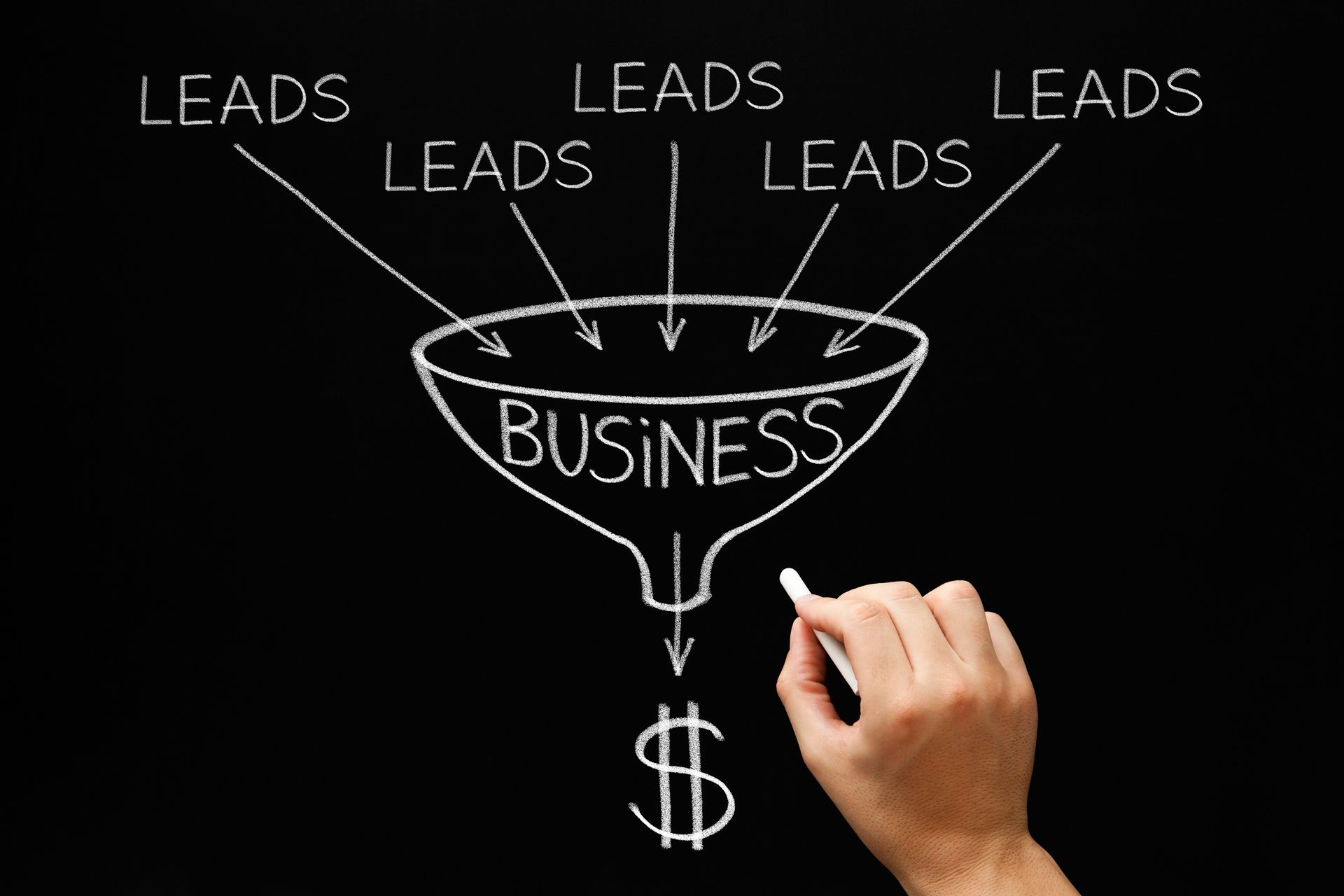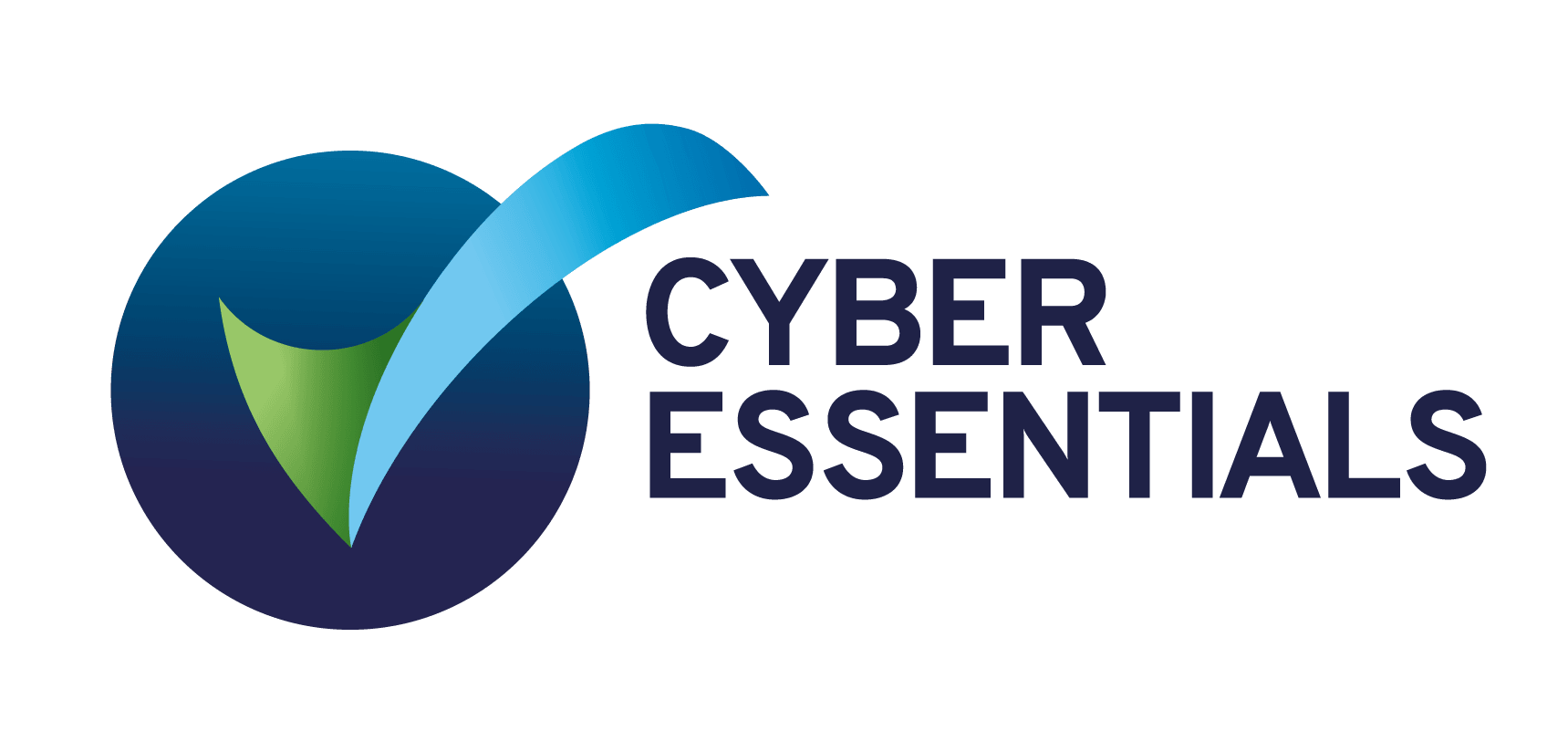Unlocking the Power of Automation: Supercharge Your Website's Lead Generation Efforts
Unlocking the Power of Automation: Supercharge Your Website's Lead Generation Efforts
Looking to take your website's lead generation efforts to the next level? Unlock the power of automation and supercharge your results! In today's digital landscape, successful businesses understand the importance of leveraging automation to streamline processes and drive conversions. And when it comes to lead generation, automation can be a game-changer.
With the right tools and strategies in place, automation allows you to reach a wider audience, nurture leads, and convert them into loyal customers, all while saving time and resources. Imagine having a website that works tirelessly for you, collecting valuable customer data, sending personalised follow-up emails, and even booking appointments seamlessly. Automation empowers you to focus on building meaningful connections and delivering exceptional experiences, rather than getting caught up in repetitive tasks.
This article will explore the power of automation in lead generation and provide you with practical tips and actionable insights to implement in your own website. From automated email marketing campaigns to chatbots and AI-powered tools, we'll uncover the secrets that top-performing websites use to generate high-quality leads consistently. Get ready to revolutionise your lead generation strategy and unlock your website's true potential with automation!
Benefits of Automating Lead Generation
Automation brings a multitude of benefits to your lead generation efforts. Firstly, it allows you to scale your lead generation efforts without increasing your workload. Instead of manually reaching out to prospects, automation tools can handle repetitive tasks such as sending follow-up emails, scheduling appointments, and even qualifying leads. This frees up your time to focus on high-value activities like building relationships and closing deals.
Secondly, automation ensures consistency in your lead generation process. By setting up predefined workflows and templates, you can ensure that every lead receives a consistent experience, regardless of the time or day they interact with your website. This consistency helps build trust and credibility with potential customers, increasing the chances of conversion.
Thirdly, automation enables personalisation at scale. With advanced segmentation and targeting capabilities, you can tailor your messaging and offers to specific segments of your audience. By delivering relevant content and personalised experiences, you can capture the attention of leads and increase the likelihood of conversion.
In summary, automation streamlines your lead generation efforts, ensures consistency, and allows for personalised experiences at scale. These benefits can significantly improve your lead generation results and help you achieve your business goals.
Common Automation Tools and Platforms
To unlock the power of automation for lead generation, you need to leverage the right tools and platforms. Here are some commonly used automation tools and platforms that can supercharge your website's lead generation efforts:
1. Email Marketing Automation: Email marketing automation tools like Mailchimp, HubSpot, and ActiveCampaign allow you to create automated email campaigns that nurture leads and drive conversions. These tools offer features such as email sequencing, personalisation, and advanced analytics to optimise your email marketing efforts.
2. Chatbots: Chatbots have become increasingly popular in lead generation. They provide instant responses to website visitors, answer frequently asked questions, and collect valuable lead information. Tools like Drift, Intercom, and LiveChat enable you to set up intelligent chatbots that engage with your audience 24/7 and capture leads even when you're not available.
3. CRM Integration: Integrating your lead generation automation tools with a customer relationship management (CRM) system allows for seamless data transfer and improved lead management. Popular CRM platforms like Salesforce, HubSpot CRM, and Soho CRM offer integrations with various automation tools, enabling you to consolidate and organise your leads effectively.
4. Form Builders: Tools like Typeform, Wufoo, and JotForm make it easy to create and customise lead capture forms. These forms can be integrated with your automation tools to automatically capture and store lead information, ensuring a smooth lead generation process.
These are just a few examples of the automation tools and platforms available to supercharge your website's lead generation efforts. Each tool has its own unique features and benefits, so it's important to choose the ones that align with your specific goals and requirements.

Conclusion: Take Your Lead Generation to the Next Level with Automation
Automation has the power to revolutionise your lead generation efforts and supercharge your website's performance. By leveraging automation tools and platforms, you can scale your lead generation, nurture leads effectively, optimise your landing pages and forms, and leverage data and analytics to build a lead generation machine! Speak to a member of the H10 team to get started.















